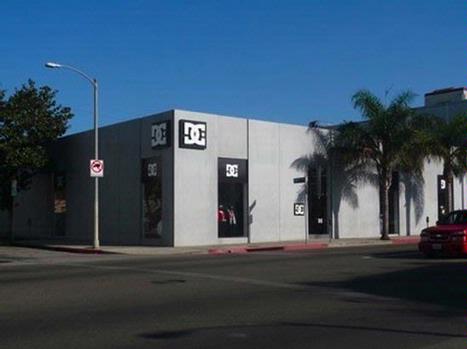Quiksilver hosted an information-packed conference call for investors today. Here are the highlights:
The basics
Fourth quarter revenues increased 6 percent to $779.2 million.
Fourth quarter net income – excluding special charges – was $65.9 million, or 51 cents per share. That’s essentially flat compared to 2006.
2007 revenues rose 10 percent to $2.43 billion.
Net income for the year – again excluding the charges – was $74.2 million, or 57 cents per share. That’s a 21 percent decline from 2006.
DC Shoes
DC Shoes revenue grew 50 percent in the Americas for the year. “The big star of the show was DC for the fourth quarter and year,” said Marty Samuels, president of Quiksilver Americas. In Europe, DC experienced “exponential” growth, an executive said. About 35 percent of DC’s sales volume came from apparel and accessories.
DC apparel sales are expected to double over the next three years.
Hardgoods
Quiksilver has decided not to sell the Rossignol hardgoods business because after reviewing the option, executives believe it would damage the integrity of the brand if it’s split from Rossignol apparel.
Rossignol and other hardgoods continue to hurt results, though CEO Bob McKnight said the company believes it can “manage this risk in the future.”
For the fourth quarter, equipment brand revenue fell 24 percent to $188.2 million. For the year, revenue decreased 22 percent to $379.2 million.
While Quiksilver will keep Rossignol, it is looking to sell its other hardgood brands such as Dynastar, Look and Lange. It sold Cleveland Golf, with $100 million of the proceeds going to pay down debt. After that payment, the company will have about $1 billion in debt.
By selling Cleveland, Quiksilver reduced its hardgoods exposure from 25 percent of revenues in 2006 to nearly 12 percent in 2007.
Apparel and footwear
In Q4, apparel and footwear sales grew 22 percent to $589 million. For the year, sales in these categories increased 20 percent to $2 million.
The company believes over the next three years, Quiksilver will grow at a rate of 6 to 10 percent, Roxy at a rate of 8 to 12 percent and DC at a rate of 15 to 25 percent.
Retail
Quiksilver opened 138 company-owned and licensed stores last year, for a total of 669 shops. The retail division accounts for 18 percent of total company revenue. Retail sales increased 19 percent in 2007 to $400 million.
Next year, the company will open 26 stores in the U.S. In Europe, plans call for 30 company-owned stores and 20 licensed stores.
Recently, the company began selling Roxy goods directly to consumers online, Quiksilver will go direct online and DC Shoes will also be added to the platform. The company is now selling Quiksilver and Roxy online in Europe.
Quiksilver is studying all its direct-to-consumer efforts, not just brick-and-mortar stores. Overall, the company is looking to be more aggressive in its retail rollout, Samuels said.
Improving profits
Quiksilver is reducing the number of vendors it sources from and reducing the number of styles it produces. It has also closed factories and warehouses. Those efforts will help improve margins in a meaningful way in 2009, executives said.
New territories
Quiksilver continues to push into Eastern European markets and to develop its business in South and Central America.
Rossignol apparel
This business is $40 million today and expected to grow to $50 to $60 million next year.
Guidance
Quiksilver expects a small loss for its fiscal first quarter due mainly to the challenges with hardgoods, though it expects to cut its operating loss in the hardgoods area in half to $20 million.
For 2008, Quiksilver expects revenues of $2.7 billion and earnings per share of 70 cents. Both the apparel and equipment divisions are predicted to grow 10 percent.
The market didn’t like the guidance. As of 4 p.m., Quiksilver stock had fallen 7 percent in after hours trading to $9.45.






